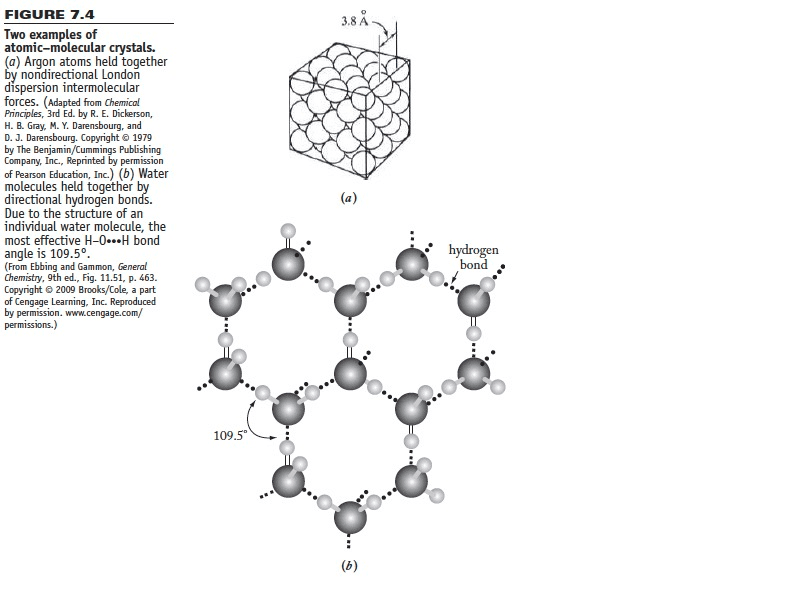CHEM101 Lecture Notes - Lecture 9: Molecular Mass, Boiling Point, Chemical Polarity

77
CHEM101 Full Course Notes
Verified Note
77 documents
Document Summary
Rule of thumb: polar compounds are soluble in polar solvents. With 4 hydrogen bonds, water forms an open structure in solid state (ice). The large space in the open structure causes the solid less dense than liquid. For molecules without permanent dipole, there are intermolecular forces. This can be shown by the fact that non-polar compounds can be liquefied /solidified. This means that intermolecular forces do exist between their molecules. For example: helium forms a liquid at 4 k and a solid at 1 k (25 atm) It is important to know that london forces exist in all compounds including polar and ionic compounds. There are two types of london dispersion forces: It is caused by fluctuation of electron clouds in all particles (atoms, ions and molecules). This would cause an instantaneous dipole which would induce a dipole in its neighbouring molecule. As a result, there is attraction between molecules.


